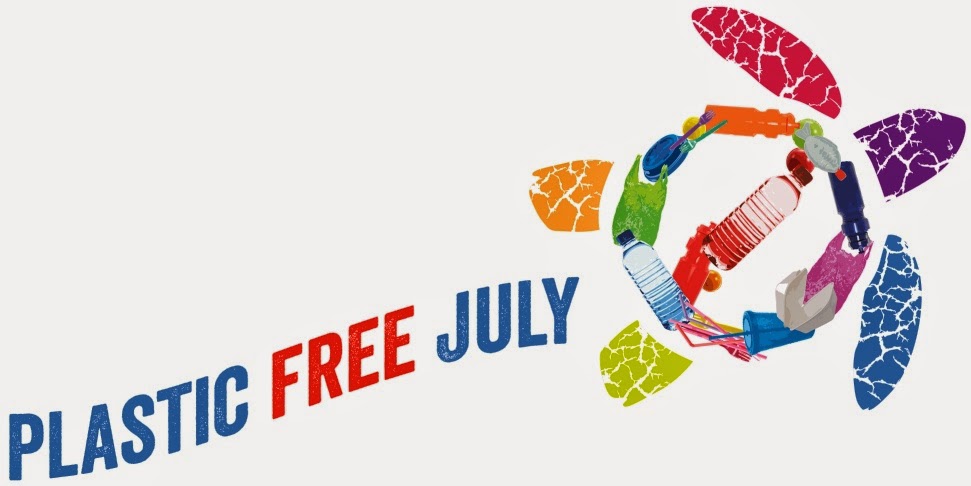Now, instead of worrying about a thousand different things when I am getting ready in the morning, I just worry about two: a little concealer, and a swipe of mascara. Which takes two minutes instead of ten.
I don't have anything wrong with wearing more makeup (and I do every once and a while for super-formal events!), but simplifying what I wear everyday has been a nice change. I used to worry that I would not look put together if I did not wear a full face of makeup every day, but I have found that not to be the case.
Reasons why this has been awesome:
1. Much less time spent getting ready in the morning.
2. Much less waste created. I get my mascara from TWINK beauty, and reused an old mascara wand. The mascara is cake mascara, which means it's solid (ask your grandma if you've never heard of solid mascara!), and you have to wet the mascara wand to use it. It also means that you don't have to worry about plastic mascara tubes. The container can be reused (homemade lip balm?) or it can be recycled.
The concealer comes from RMS beauty, and is packaged in a glass container with an aluminum lid. Also reusable or recyclable. The company lists the ingredients on their website, and it is certified organic.
3. Less money. Although the concealer is a little more money than I would spend before (although not by that much, I used to use Bare Minerals, and that was about $30 a pop), the mascara is actually cheaper and those are the ONLY TWO items I am using regularly aside from a little homemade lip balm/hand salve. With the other foundation I used to use, I would feel like my skin would get oily, and I would have to get the powder, too. Plus eyeshadow, liner, etc. So, much less money in total spent, and the money that is spent is spent on higher quality items.
My makeup routine now:
FAQ
1. Does the mascara work? Yes! It gives enough definition, doesn't flake off during the day. However, it is not going to give you the same "huge lashes" look as a drugstore or department store mascara.
2. Is it waterproof? No.
3. I don't want to give up eyeshadow/blush/my makeup routine, are there any plastic free options? Yes! Browse through Etsy, and there are tons of people selling makeup with minimal ingredients, and minimal packaging. RMS also sells lip and cheek stains in glass packaging. Or you could try your hand at making some of your own :)
Have you found any good plastic free or less wasteful makeup options? Any good homemade recipes?



































